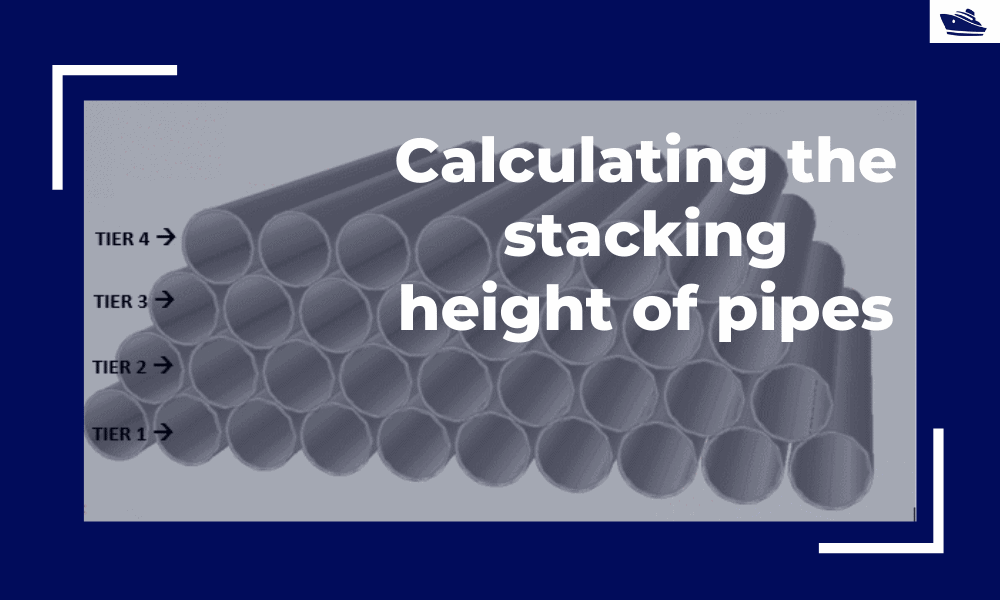
by Team TheNavalArch | Aug 11, 2020 | Marine Transportation, Pipe Transportation
Introduction Pipes (or linepipes or joints) are used for multiple purposes and locations in the maritime/offshore industry. Onshore and offshore pipelines are used for transportation of fluids on land, over and underwater. Pipes are fabricated in an onshore facility...
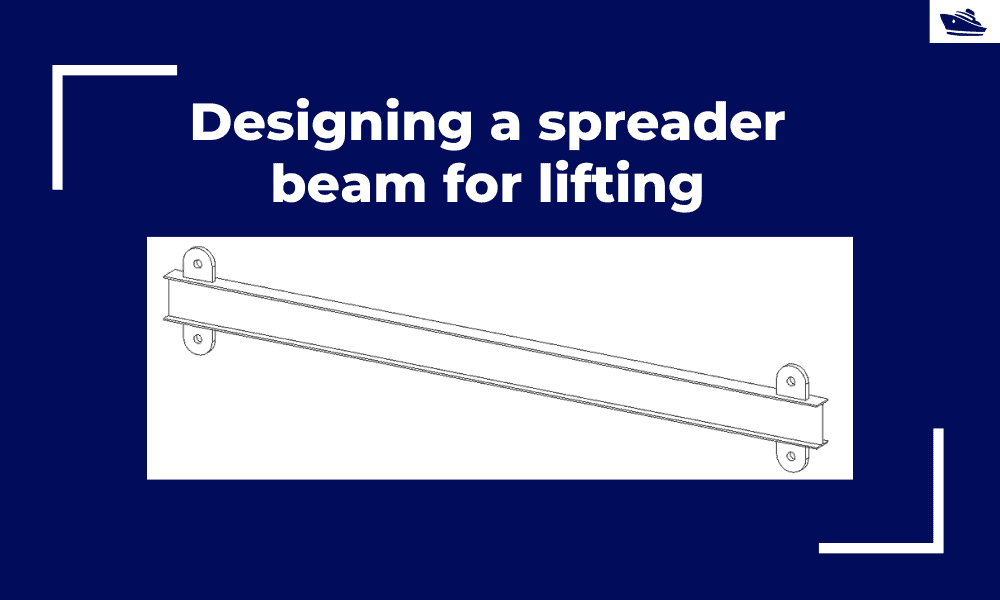
by Team TheNavalArch | Aug 5, 2020 | Lifting Operations, Marine Operations
Spreader beams are universally applied gear which is widely used in various types of lifting operations, onshore and offshore. In this article, we will explore the design of a basic spreader beam and see what design checks are needed to establish the suitability of a...
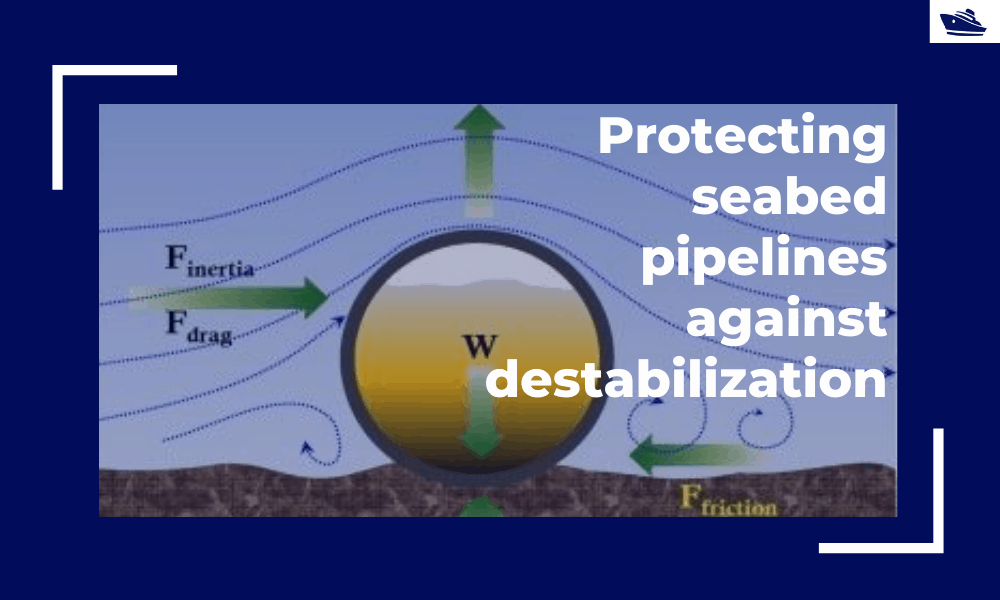
by Team TheNavalArch | Jul 28, 2020 | Subsea Engineering
The Philosophy Cable hydrodynamic stability is one of the most fundamental design topics which are addressed by cable installation engineers. In its simplest form, a simple force balance approach may be considered to ensure that the cable is not displacing...
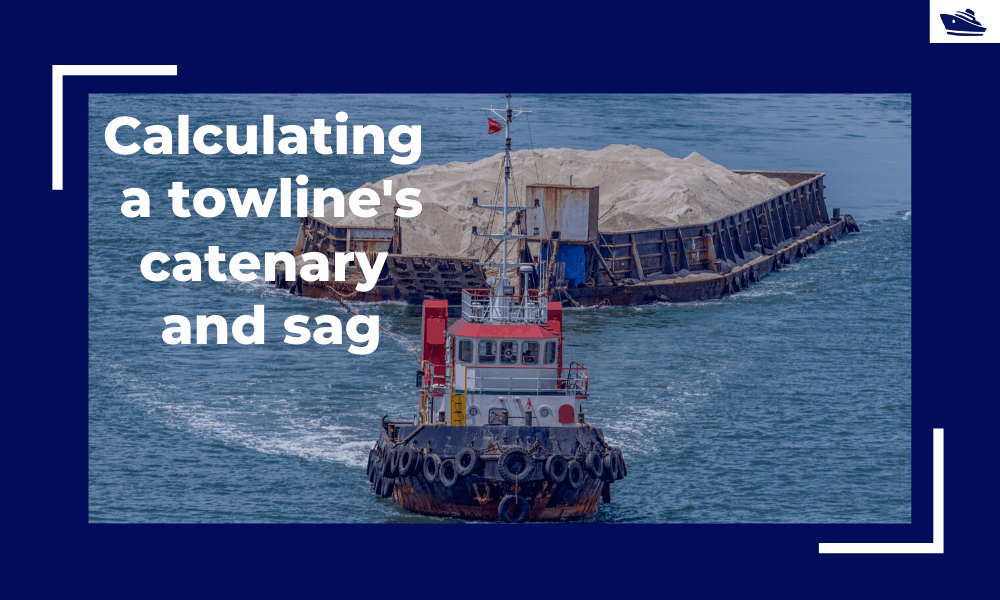
by Team TheNavalArch | Jul 21, 2020 | Marine Transportation, Towing
Introduction Towlines connect a tug to the vessel being towed and are defined by multiple characteristics like Weight, Diameter, and Stiffness. The tension in the towline during the towing operation is not static but keeps varying with the distance between the tug and...
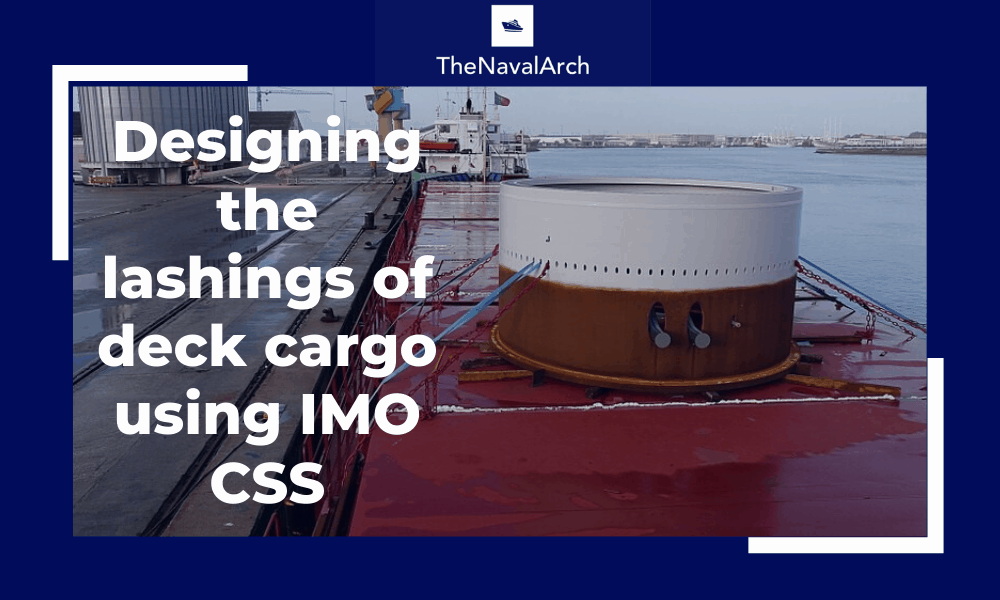
by Team TheNavalArch | Jul 5, 2020 | Marine Operations, Marine Transportation, Seafastening
Introduction More than 70% of the earth is covered by water, which makes shipping historically the easiest and cheapest way of connecting manufactures and customers across the globe and can be reasonably considered to be the artery of the global economy. An enormous...






